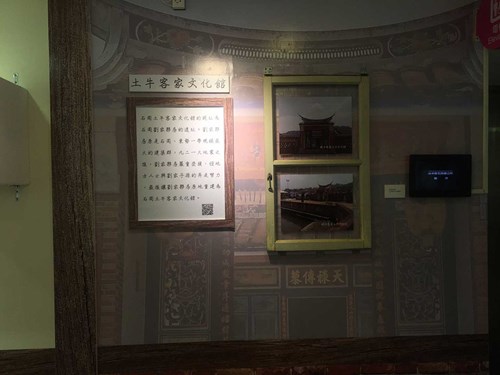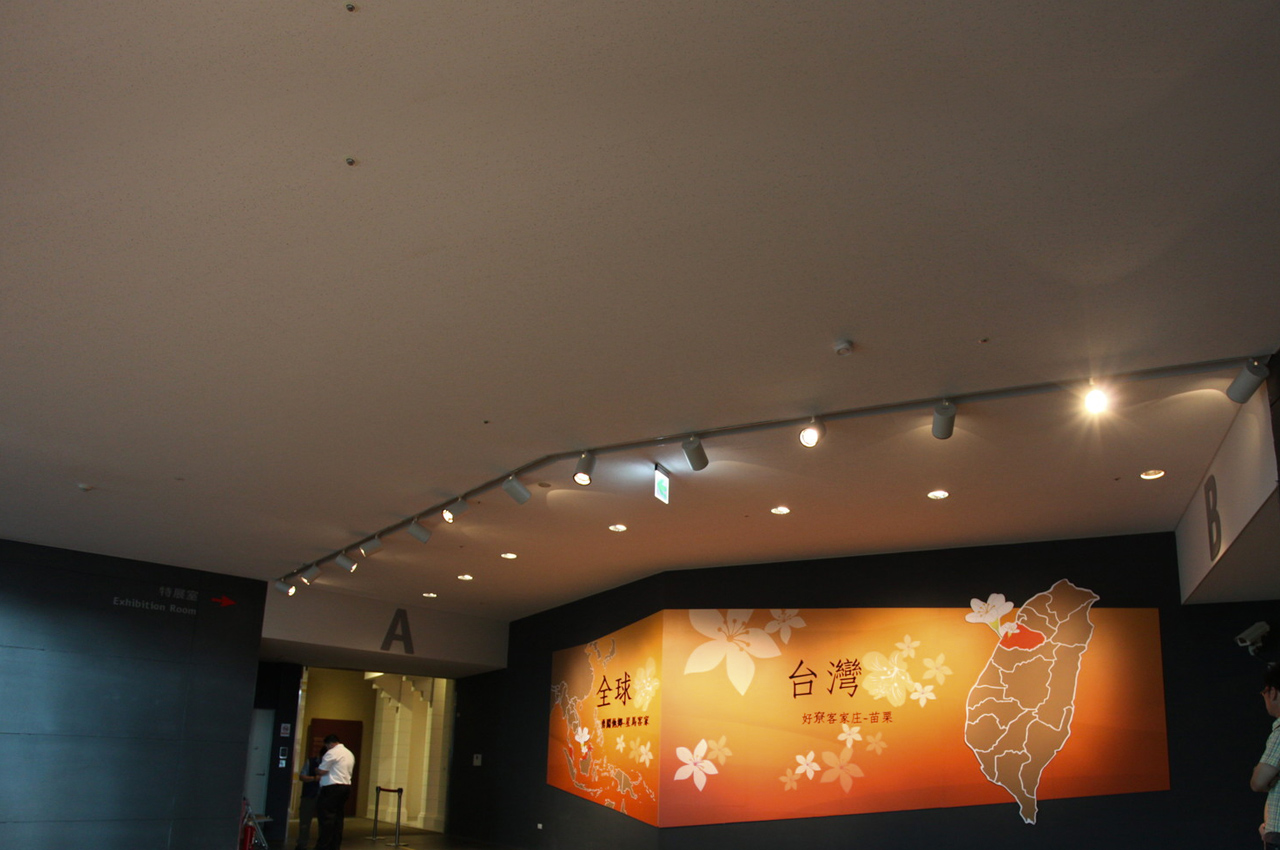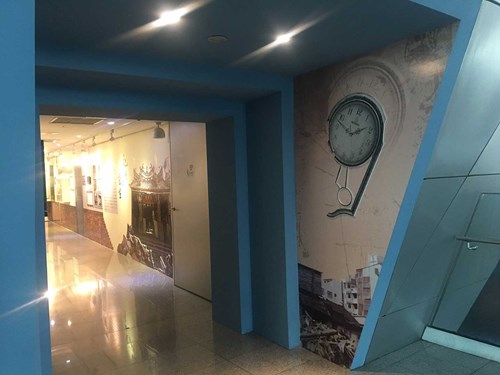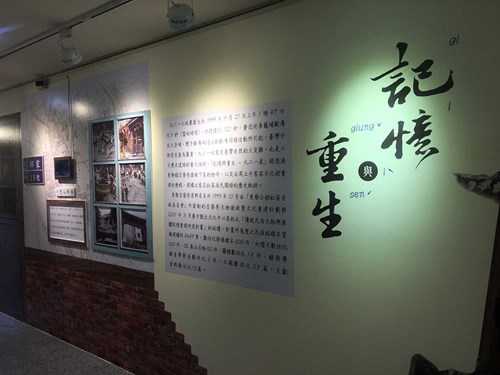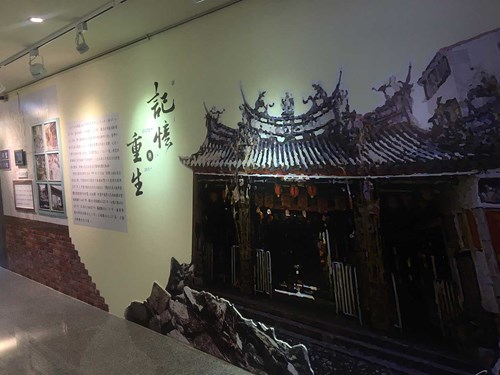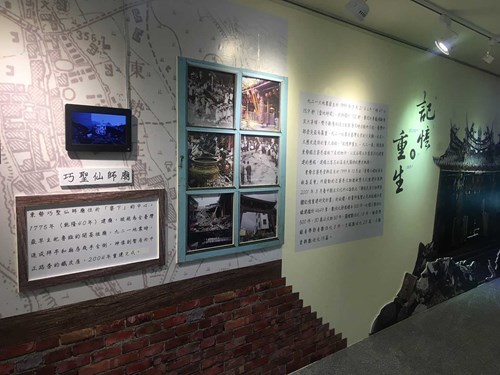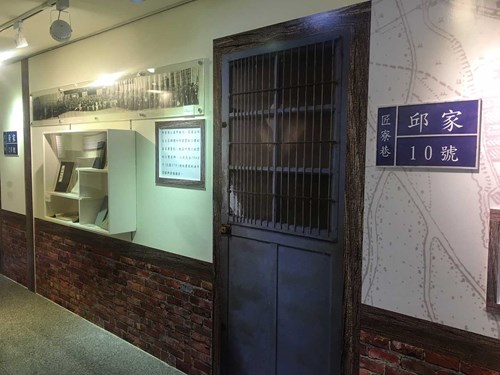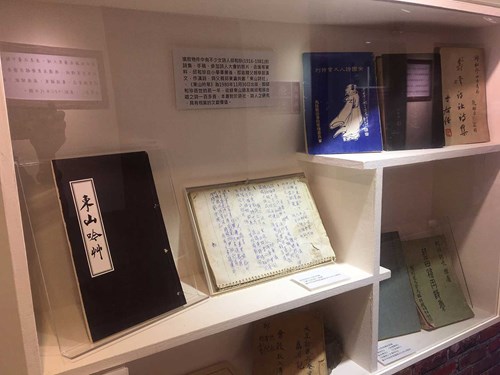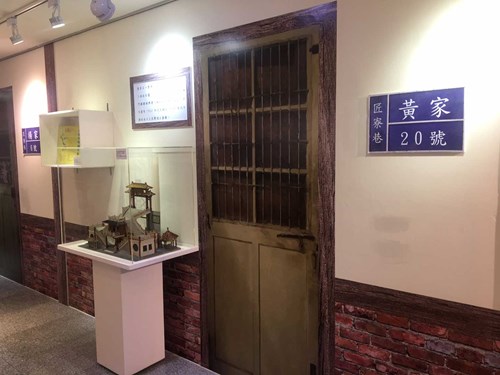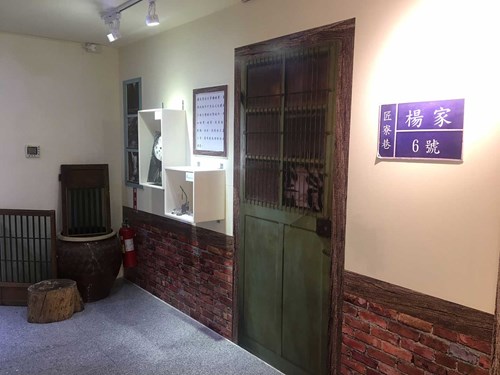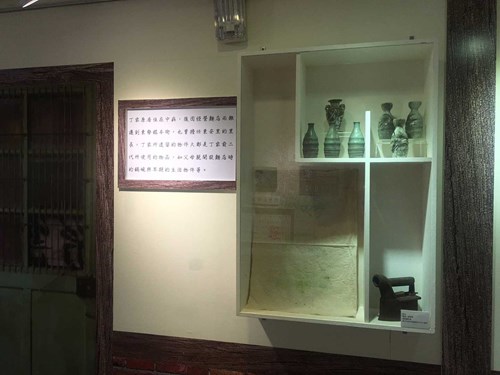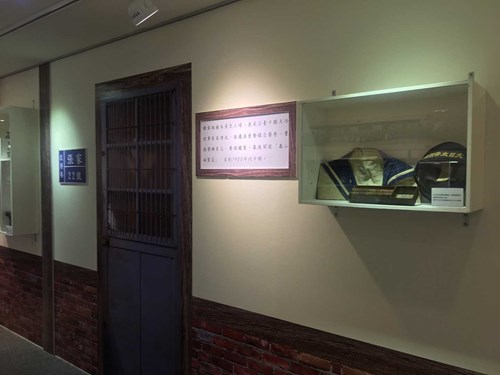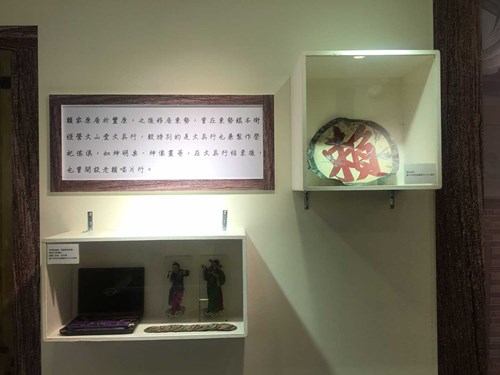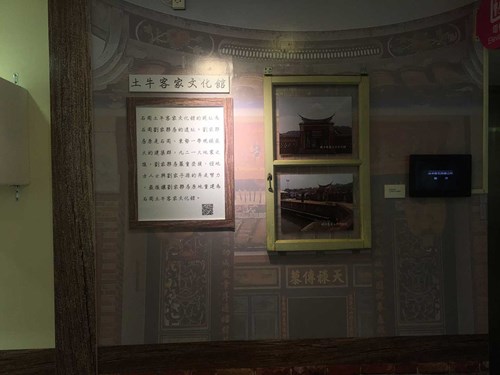Exhibition Review
Cultural Gallery: Memory and Rebirth, a 921 Retrospective
Part 1: Prologue
The 921 or Jiji earthquake happened on September 21, 1999, at precisely 1:47 am and 15.9 seconds, local time, continuing for around 102 seconds. It was caused by the simultaneous movements of two active faults, the Chelungpu and the Damaopu/Shuangdong faults, and central Taiwan was the area most badly affected. 921 is Taiwan’s biggest natural disaster, and a major catastrophe in human history. The exhibition “Memory and Rebirth, a 921 Retrospective” offers a unique historical look at the local Hakka community through items recovered from Jiangliao Alley in Dongshi Township and the rebuilding of the Tuniu Hakka Cultural Museum in Shigang Township.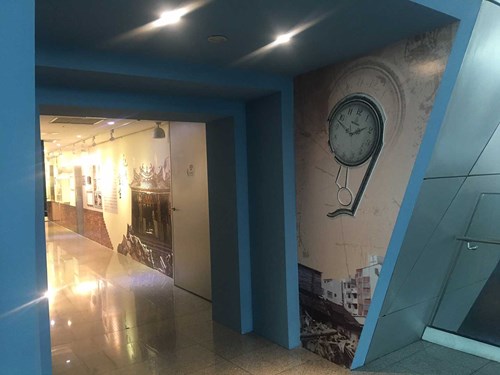
Part 2: Memories of Jiangliao
Jiangliao Alley (Artisans Row) is located in the heart of Dongshi Township. The settlement of Dongshi had a close connection with military materiel. In 1772, a settler named Liu Chi-tung from Dapu County in Chaozhou Prefecture, Guangdong Province, led over 100 craftspeople to live together on this street. These people, engaged in work such as logging and lumbering, over time formed a settlement. For this reason this old Dongshi street is called Jiangliao Alley or Artisans Row. It retained the earlier Qing period street market layout with narrow alleyways and homes built around a temple, in front of which was a plaza where merchants would gather. Returning to the site after the 921 quake is to seek out the traces of a road walked by ancestors and contemporaries alike.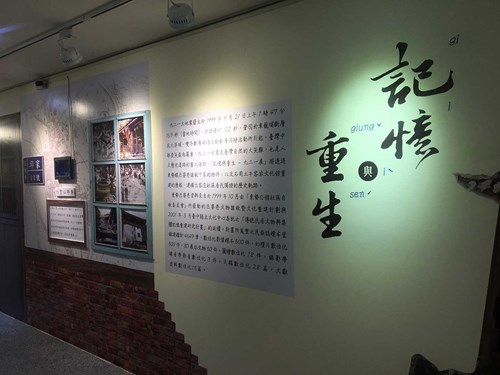
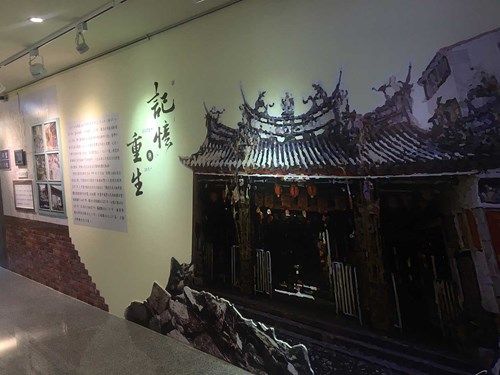
The Dongshi Chiao Sheng Shien Shih Temple is located at the center of Artisans Row. Built in 1775, it is viewed as the first ancestral temple in Taiwan dedicated to the Chinese architect Lu Ban. The 921 earthquake caused almost all of the main worship hall and the wings to collapse. The temple’s deity statues were temporarily housed in a metal storage building off Zhongzheng Road until reconstruction was completed in 2004.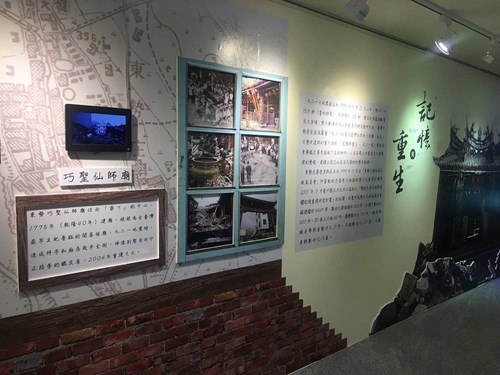
- Chiu Family House (Jiangliao Alley No. 10)
The Chiu family are the descendants of Chiu Feng-chia. Mr Chiu served for a long time as a committee member and secretary of the Chiu family ancestor worship guild, so among the items are a large amount of materials related to the guild, as well as credentials and records of meetings from 1948 up until the earthquake.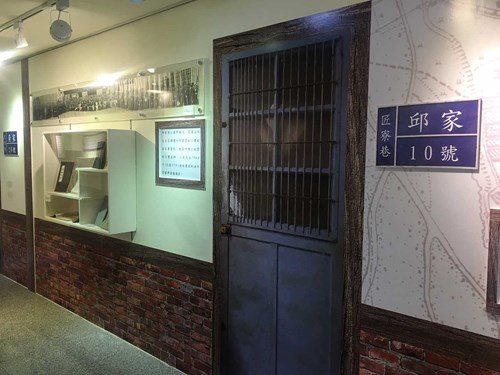
Among the items recovered are documents belonging to the poet Chiu Ho-chen (1916-1981) including poems, manuscripts, photos taken at poetry meetings, letters and other materials. From the time she graduated elementary school, Chiu Ho-chen followed her father Chiu Tung-ying in studying Chinese, writing poetry in Chinese, and founding the Dongshan Poetry Society with him. “Dongshan Poetry Collection” was published on November 30, 1980, the year before Chiu Ho-chen died, containing over 100 poems that she sang together with her Dongshan poetry circle. The book has considerable historical value for poetry societies and researchers of poetry.
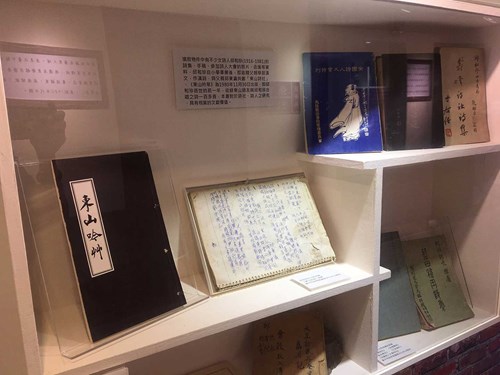
- Huang Family House (Jiangliao Alley No. 20)
The head of the Huang family house once worked as an architect, as here were uncovered many plans for architectural engineering projects, including blueprints and models for a 1985 Chiao Sheng Hsien Shih Temple gatehouse staircase project. Also found were English and Japanese vinyl records from the end of the 1960s to the mid-1970s
- Yang Family House (Jiangliao Alley No. 6)
The Yang family were once in the clockmaking business. Among the objects recovered here were all kinds of parts for wristwatches and pocket watches, like watch straps, cases, dials, glass, hands, circuit boards and chips, and some special items like hookah pipes.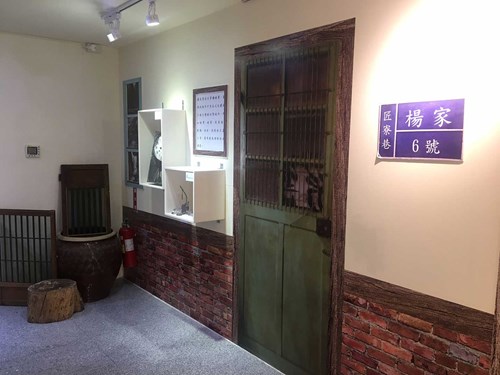
-
Ding Family House
The Ding family originally lived in Zhongke but later moved to Ben Street in Dongshi to run a noodle shop. The Ding family at one time also served as Dong’an neighborhood chief. The items left behind in the Ding family house are objects used by the past two generations of the family, like pots from when the parents opened the noodle shop and other personal items from before.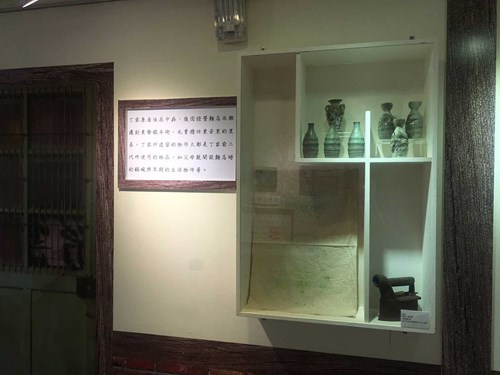
- Zhang family house (Jiangliao Alley No. 22)
The Zhang family’s ancestors came from Dapu in Guangdong Province. They first grew bananas in Tianleng, Taichung County, before moving to Jiangliao Alley where they at one time ran a grocery store and raised pigs before finally opening the Taishan Suit Shop until the mid-1980s.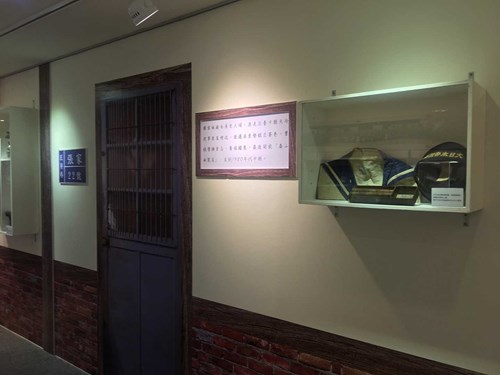
-
Lai Family House (Jiangliao Alley No. 13)
The Lai family originally lived in Fengyuan and later moved to Dongshi. On Ben Street they ran the Wen Shan Tang stationery store, which also made ritual furniture like altar tables, scrolls of deities, and so on. After the stationery store closed, they went on to open Old Lai’s record store.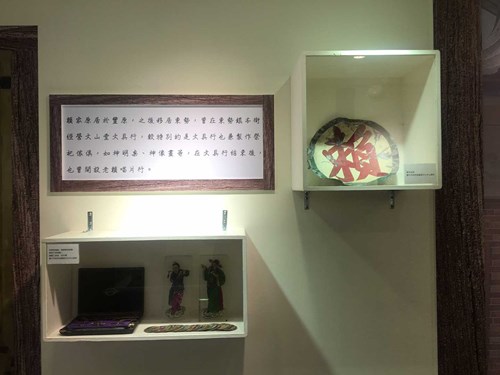
Part 3: Tuniu Hakka Cultural Museum
The site of what today is the Tuniu Hakka Cultural Museum in Shigang is the ruins of the Liu family house. The Liu family house was previously the largest complex of buildings in Dongshi and Shigang. It was severely damaged by the 921 quake. Thanks to the hard work of local people and the Liu family’s descendants, the site was eventually rebuilt and is now the Tuniu Hakka Cultural Museum.